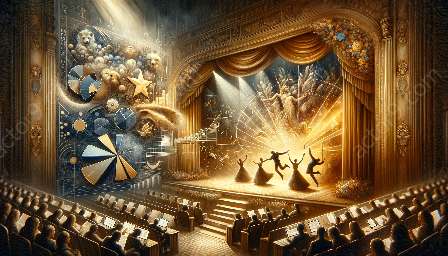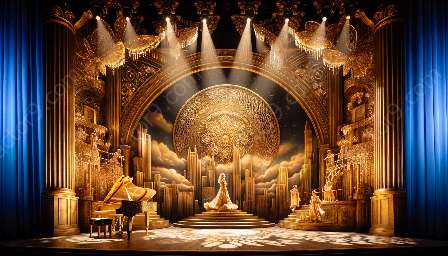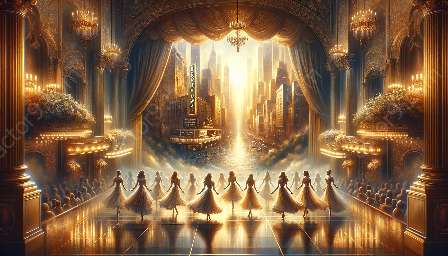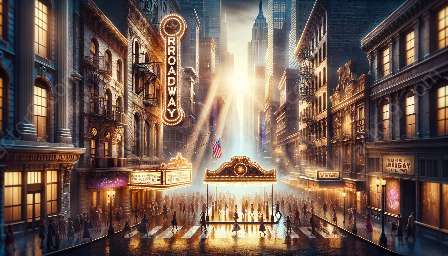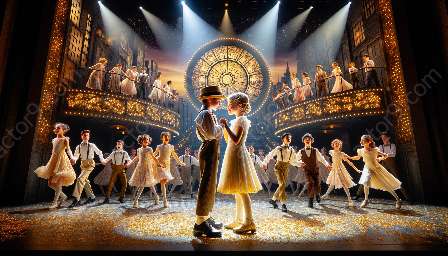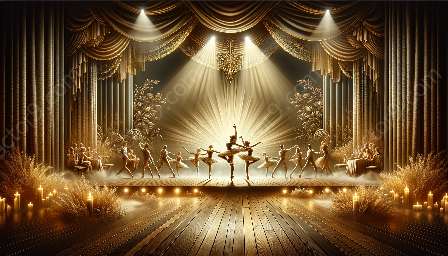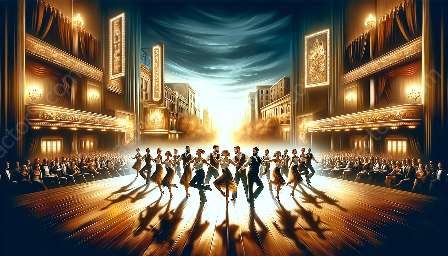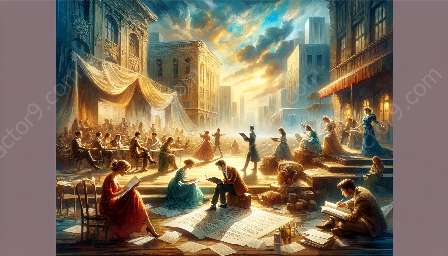Broadway musicals have remained a prominent and beloved form of entertainment, captivating audiences for decades. But behind the glitz and glamour, performers face unique perspectives and challenges that shape their experiences in this industry. To better understand these dynamics, it's crucial to delve into the history of Broadway and musical theater, appreciating the evolutions and milestones that have shaped this vibrant art form.
History of Broadway:
The history of Broadway is a rich tapestry interwoven with cultural, social, and artistic milestones. It traces its roots back to the mid-19th century, when New York's theater district started to gain prominence. The area around Broadway became a hub for entertainment, and the theaters along this iconic street began showcasing a variety of productions, including musicals, plays, and vaudeville shows.
As the years passed, Broadway evolved into a beacon of creativity, birthing iconic productions that would go on to define the landscape of musical theater. From the groundbreaking works of composers like George Gershwin and Richard Rodgers to the avant-garde productions of the 20th century, the history of Broadway reflects the ever-changing tastes and aspirations of audiences and artists alike.
Broadway & Musical Theater:
Broadway and musical theater are synonymous with artistic excellence, innovation, and the relentless pursuit of perfection. The genre has given rise to timeless classics such as The Phantom of the Opera, Les Misérables, and West Side Story, captivating audiences with their compelling narratives, memorable music, and dazzling choreography.
One cannot discuss the legacy of Broadway and musical theater without acknowledging the pivotal role it has played in shaping modern entertainment. Its influence extends far beyond the confines of New York City, permeating popular culture and inspiring countless aspiring performers to pursue their dreams on the grand stage.
Performer Perspectives and Challenges:
Performers in Broadway musicals are the lifeblood of these productions, infusing each performance with their talent, dedication, and passion. However, their journey is not without its trials and tribulations. From intense auditions and rigorous rehearsals to the pressures of maintaining peak performance, performers navigate a complex web of challenges to bring characters to life on stage.
One of the most formidable challenges that performers face is the demand for versatility. In Broadway musicals, actors often need to master singing, dancing, and acting, exemplifying a trifecta of skills that requires unwavering commitment and proficiency. Additionally, the competitive nature of the industry means that performers must continuously hone their craft and adapt to the ever-changing landscape of show business.
Furthermore, the emotional toll of portraying complex characters night after night can take a toll on performers. They must navigate the intricacies of their characters' journeys, delving into the depths of human emotion while maintaining the physical and mental stamina required for live performances.
Conclusion:
Performer perspectives and challenges in Broadway musicals are emblematic of the passion, determination, and resilience that define the world of theater. By exploring the history of Broadway and musical theater, we gain a deeper appreciation for the artistry and dedication exhibited by performers who grace the stages of the Great White Way.
In essence, the perspectives and challenges faced by performers in Broadway musicals are an integral part of the tapestry that makes musical theater a celebrated and enduring art form.










